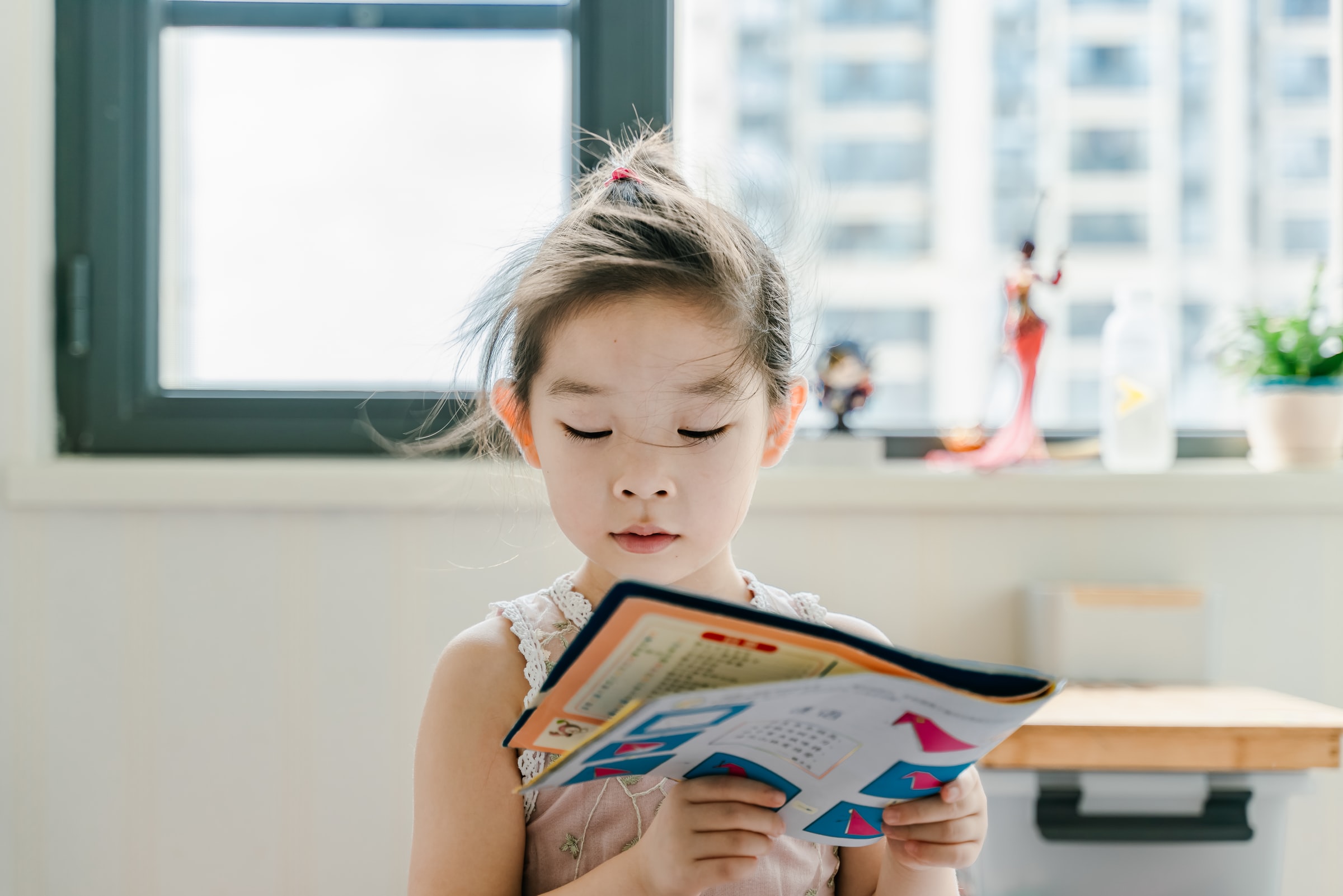I was surrounded by storytellers growing up in my little remote fishing village of Flatrock, Newfoundland. I wanted to learn more about the world, the places, the people they spoke of. The books that I read at an early age gave me a window into the world around me. I credit my mom and my kindergarten teacher, Miss Kehoe, for introducing me to A Little Bear, Where the Wild Things Are, Charlotte’s Web, The Lion, The Witch and the Wardrobe, and many more. These books lit my inner Spark and set me on a course of adventure, discovery, and learning that continues today!
When our kids were small, we read the classics to them and they began their own journey. Those books instilled a sense of adventure and a desire to dream of what could be.
Books certainly lit a Spark, if not a fire, in me and I see that opportunity for all kids:
Reading transports a child’s imagination to a broader world
When authors write books, they’re not limited to simply the world around them. When we – and our children – read those books, we also are transported to faraway lands. Sometimes those places are real, and we can travel to them later. Sometimes those places are imaginary, and we can only visit them in our minds. Either way, our worlds are expanded into learning and thinking about things we might not have otherwise considered.
Challenges their beliefs / expands their thinking
Because the main purpose of books is to pass on an idea to other people, children can learn a great deal by reading. The things that they are presented with will often be something they’d never thought of. By having the idea planted in their mind, they are encouraged to expand their own perspectives as they read with a critical eye.
Engaging with characters’ struggles can encourage empathy, understanding and tolerance
Because characters are often fictional authors have the ability to give them problems that can seem outrageous to the reader. By reading about these scenarios, children can empathize with the characters in the stories and by extension to the people around them in real life.
Introduces them to new experiences
Similar to transporting readers to a broader world, writers can use their books to introduce children to new experiences. Perhaps a child has grown up with no pets; a book can instill in them a love of animals. Or maybe a child has no siblings. Books can show them what large family life is like.
Instills self-confidence
By seeing how main characters overcome difficulty, children can develop their own sense of self-confidence. “If she can do it, so can I!” The other aspect here is that reading builds knowledge and that’s is a key driver of self-confidence.
Motivates them to try new things – to take that first step
Characters in books are often much braver than real people (after all, the stakes aren’t as high when you’re not real!). For that reason, they’re almost always willing to do the hard thing – to take a step that might seem impossible. By reading about characters who do that, children are encouraged to do the same.
I believe that children’s literature is a powerful force to shape and nurture the minds of kids. The combination of a great story, beautiful illustrations, and rich characters, combined with music, can truly engage young minds. It can inspire young audiences in a way that will help them develop critical thinking skills and encourages a sense of adventure and the confidence to take that first step. The stories that our children are reading have the ability to shape who they will become. Do we want them to become good leaders? Then we need to focus on nurturing their minds to be such.
I believe that children are smart enough to find these things in the story for themselves. Rather than direct the thoughts of the readers, we need to encourage discussions.


